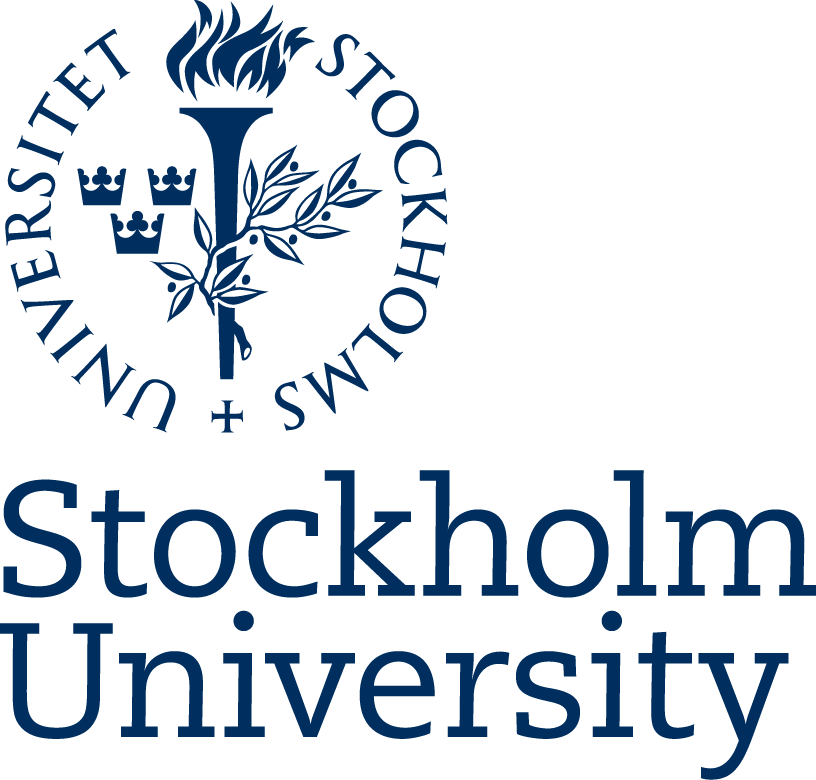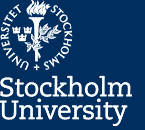Master's Programme in Climate Science, 120 ECTS
Second levelFacts
No available factsEducation plan
Description
Master’s Programme in Climate Science is open for application 16 October – 15 January. The Master’s programme in Climate Science is offered by the Bolin Centre for Climate Research and, just as the centre, is by its nature cross-disciplinary It emphasizes the breadth of climate science, providing an overview of climate and environmental change on a range of spatial and temporal scales. You will gain knowledge about the physical and chemical processes that govern Earth’s climate on both short and long timescales, and you will be exposed to state-of-the-art knowledge that is of direct relevance to society. The programme aims to give insight and understanding about climate change, its consequences for ecosystems and society, as well as mitigation efforts. You will gain an excellent foundation for a future career either related to climate and environment issues in governmental and other organizations, as well as research and teaching at universities.
The program consists of four obligatory courses that make up half of the program: • Social-Ecological Systems: Challenges and Approaches • Global Climate System • Polar and Alpine Environments and Climate Change • Climate Change Throughout Earth’s History The second half of the program consist of a thesis in a chosen sub-discipline as well as one or two more elective courses. For more information about the options and courses you may view the program website at https://www.su.se/geo/english/education/courses/master-programmes/master-s-degree-programme-in-climate-science-1.435784
Interested applicants should submit their academic records as well as a document that contains the follow sections. o Motivation: Describe why you are interested in following our program (maximum 100 words) o Research ideas: Describe any research ideas that you many want to explore during the program (maximum 100 words) o Requirements: Please state briefly how you fulfil the requirements for English and mathematics. If you do not have 15 higher education credits in pure or applied mathematics, which other courses would you like us to consider as equivalent quantitative courses (e.g., statistics or physics)
Area of interests: Science and Mathematics
Science and mathematics help us understand how the world around us is connected – from the origin and structure of the universe, to the development and function of humanity and all other organisms on earth. Scientific knowledge makes it possible to critically examine the credibility of information in different areas of everyday life, society, and the media. As a scientist or mathematician, you will be attractive on a large job market that covers all parts of society and includes everything from pure technology companies to environment and healthcare, as well as research.
Area of interests: Science and Mathematics
Science and mathematics help us understand how the world around us is connected – from the origin and structure of the universe, to the development and function of humanity and all other organisms on earth. Scientific knowledge makes it possible to critically examine the credibility of information in different areas of everyday life, society, and the media. As a scientist or mathematician, you will be attractive on a large job market that covers all parts of society and includes everything from pure technology companies to environment and healthcare, as well as research.
Area of interests: Science and Mathematics
Science and mathematics help us understand how the world around us is connected – from the origin and structure of the universe, to the development and function of humanity and all other organisms on earth. Scientific knowledge makes it possible to critically examine the credibility of information in different areas of everyday life, society, and the media. As a scientist or mathematician, you will be attractive on a large job market that covers all parts of society and includes everything from pure technology companies to environment and healthcare, as well as research.
Area of interests: Science and Mathematics
Science and mathematics help us understand how the world around us is connected – from the origin and structure of the universe, to the development and function of humanity and all other organisms on earth. Scientific knowledge makes it possible to critically examine the credibility of information in different areas of everyday life, society, and the media. As a scientist or mathematician, you will be attractive on a large job market that covers all parts of society and includes everything from pure technology companies to environment and healthcare, as well as research.
Area of interests: Science and Mathematics
Science and mathematics help us understand how the world around us is connected – from the origin and structure of the universe, to the development and function of humanity and all other organisms on earth. Scientific knowledge makes it possible to critically examine the credibility of information in different areas of everyday life, society, and the media. As a scientist or mathematician, you will be attractive on a large job market that covers all parts of society and includes everything from pure technology companies to environment and healthcare, as well as research.
Area of interests: Science and Mathematics
Science and mathematics help us understand how the world around us is connected – from the origin and structure of the universe, to the development and function of humanity and all other organisms on earth. Scientific knowledge makes it possible to critically examine the credibility of information in different areas of everyday life, society, and the media. As a scientist or mathematician, you will be attractive on a large job market that covers all parts of society and includes everything from pure technology companies to environment and healthcare, as well as research.
Subject
Earth Sciences
Environmental Science
Climate changes, environmental pollutants, ozone depletion, poor air and water quality, changes in landscape, waste disposal, depletion of natural resources, loss of ecosystem services, resilience and biological diversity, etc. The list of environmental problems is long as we humans use the resources nature has to offer without knowing or paying attention to the consequences. Environmental Science is a multi-disciplinary subject which applies knowledge from both the natural and social sciences to identify, understand, prevent, and deal with environmental problems caused by human activities. The Bachelor and Master Programs in Environmental Science offer an education in a natural science with environmental relevance and a background to the societal aspects of environmental problems. The programs apply a systems approach to the study of environmental problems and to man’s relationship to his environment. More information can be found at the ITM homepage www.itm.su.se.
Physical Geography and Quaternary Geology
Physical Geography and Quaternary Geology is part of both Earth Science and Geography, and deals especially with the climate and its change in time and space; water in all its forms; glaciers and ice sheets; the soil cover and the earth’s surface landforms; vegetation distribution in time and space; and the function and change of natural and cultural landscapes over time. Environment and natural resources are in focus, with an overall objective to contribute to sustainable resource use and sustainable development. The main themes of research and teaching in Physical Geography and Quaternary Geology at Stockholm University are:
- Biogeography and Geomatics. Biogeography includes the interactions between land use, biodiversity and ecosystem services, and the importance of the landscape for vegetation distribution in time and space. Geomatics involves the development and use of geographic information systems (GIS), remote sensing, cartography and visualization, with focus on landscape analysis and landscape information for issues within earth, life and environmental sciences.
- Climate and Quaternary Science. Within this theme we focus on the dynamic development of climate and environment and the interaction between ecosystems, climate and environmental changes during the Quaternary (from 2.6 million years ago to the present).
- Environment, resource dynamics and management. This theme encompasses the entire environmental field, with particular emphasis on the society’s interactions with the natural environment. Within research and education we turn to professionals and students who need a broad knowledge in the field of environmental management.
- Geomorphology and glaciology. Through the study of the earth’s surface landforms and the processes acting on the earth’s surface, we contribute with knowledge that is useful in planning, such as the location of hazardous waste, roads and other infrastructure, and in the interpretation of the interactions between society and the natural landscape. We also study glaciers and polar environments, including glacial, alpine and periglacial systems and environments, which are central in the earth’s climate system.
- Hydrology and water resources. Natural and anthropogenic variations in land, soil and water resources have a direct impact on human activity, and by studying this variability we contribute to the knowledge of environmental and societal development possibilities and risks associated with the use of land and water. We also study the effects of different strategies for handling risks, and relate research results to environmental monitoring and legislation, and to management of land, soil and water resources for sustainable development.
Meteorology, Oceanography and Climate Physics
Physics
Physics deals with ‘matter and its motion’ as well as ‘space and time’. Important concepts are then force, energy, mass and charge. It is an experimental science and its goal is to understand the natural world. The interplay with theoretical model building and experimental work is then important. It is an old science subfield and it developed through the subfield of astronomy to which it is strongly related. The ‘modern’ science discipline physics developed during the 17th century when it diverged from disciplines like mathematics, biology and chemistry. Today one can see that the boundaries between these fields of science are more difficult to define again. Today, physics is a broad and highly developed subject. Research is divided into many subfields: condensed matter physics; atomic, molecular, nuclear and optical physics; high energy physics, elementary particle physics and astrophysics. At Fysikum there are research groups in all the main areas of physics. There is a number of open questions in physics. Mainly physics is studied in study programs at Stockholm University but we have also a lot of separate courses. There is a Bachelors of Science programme in Physics and three masters programmes in respectively Physics, Theoretical Physics and Computational Physics. The teaching of the masters programmes are in English. In the B.Sc programme English textbooks are used extensively.



